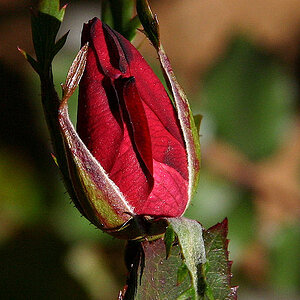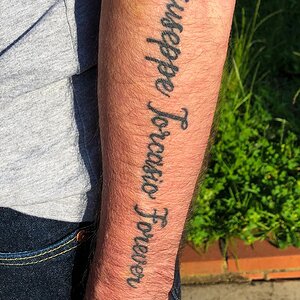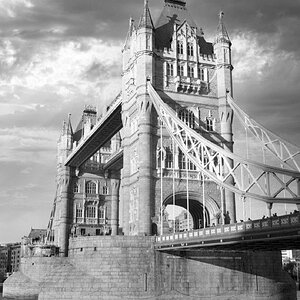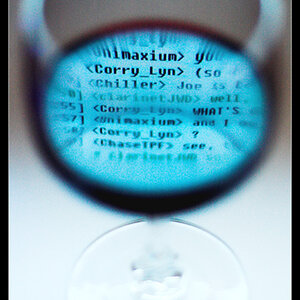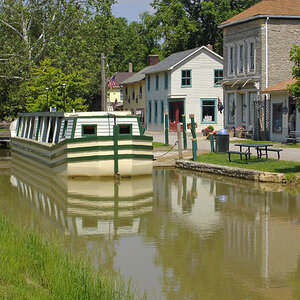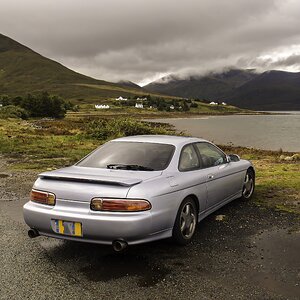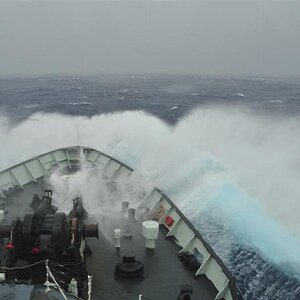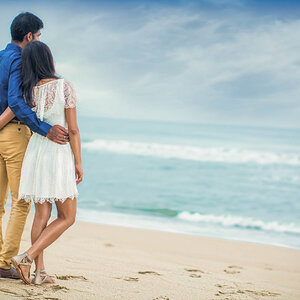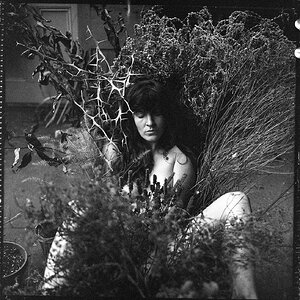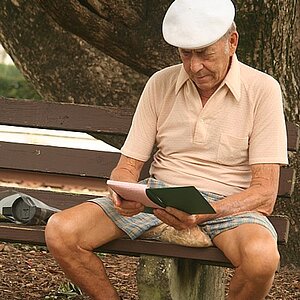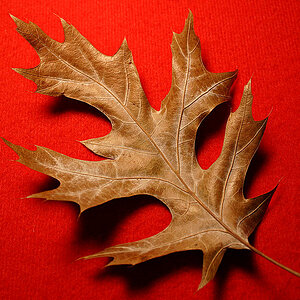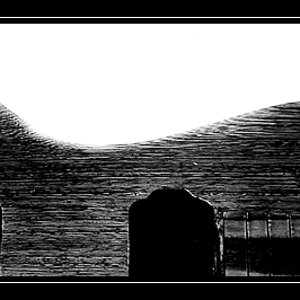mikoh4792
TPF Noob!
- Joined
- Dec 30, 2013
- Messages
- 163
- Reaction score
- 10
- Can others edit my Photos
- Photos OK to edit
Do the macro lenses of those focal lengths(for example nikkor 40 micro, nikkor 60 micro) act any differently than a regular 50mm for portraits?(Besides the obvious capabilities of those lenses to get in close and their different focal lengths).
In other words, do those lenses do everything the 50mm does, and a lot more? Or are there times when a non-macro 50mm is preferable?
In other words, do those lenses do everything the 50mm does, and a lot more? Or are there times when a non-macro 50mm is preferable?


